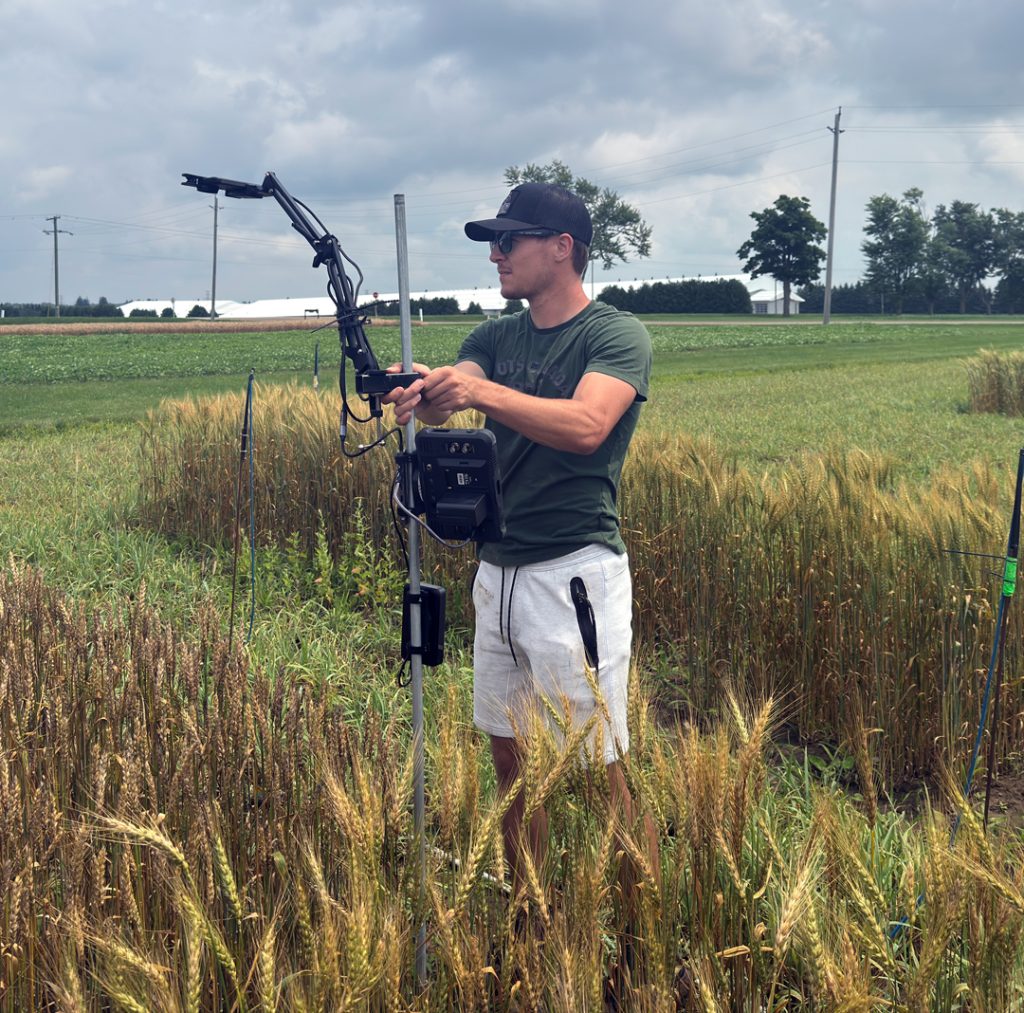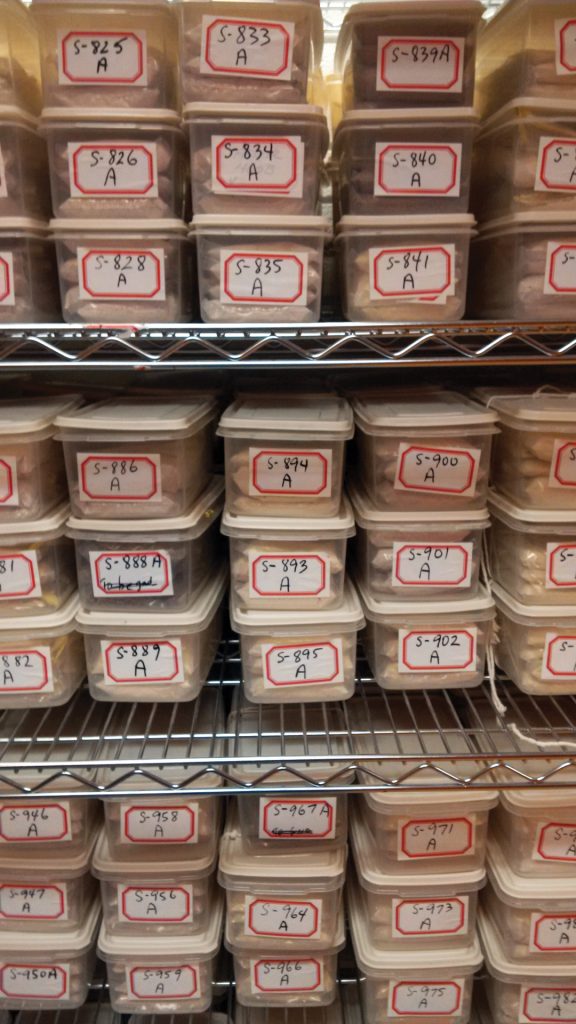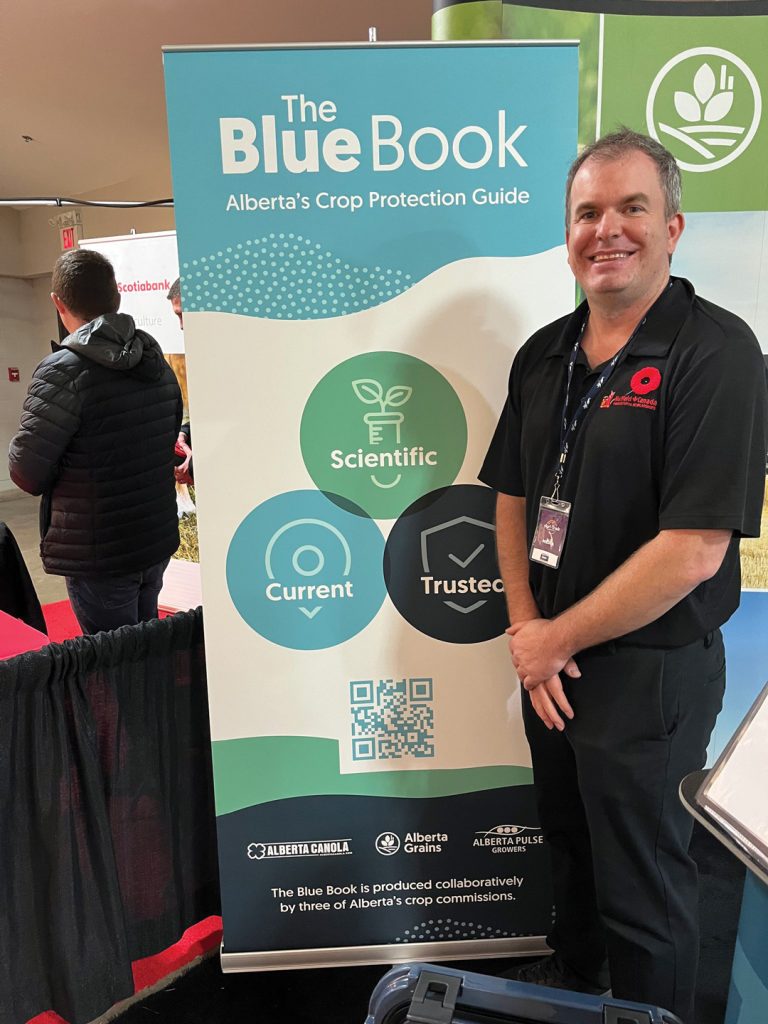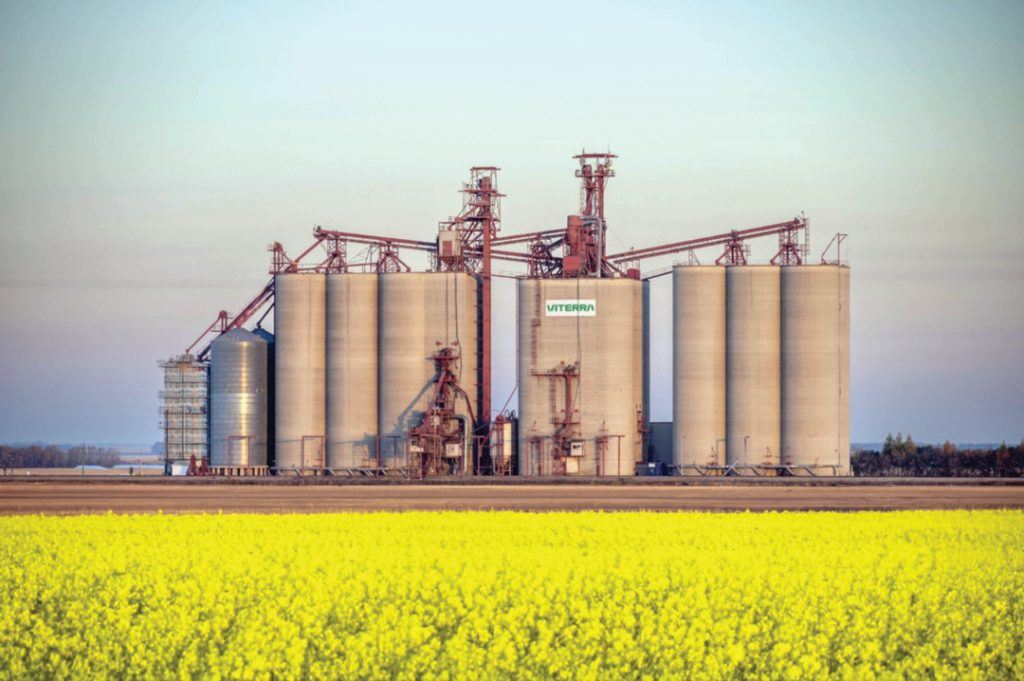DISEASE DETECTION MADE EASY
University of Guelph graduate Riley McConachie recently earned a master’s degree in plant agriculture and credits his advisors with suggesting he use newly released AI technology in his thesis project. This prompted his idea to combine the use of Meta AI’s Segment Anything software with remote sensing technology to evaluate crop disease.













